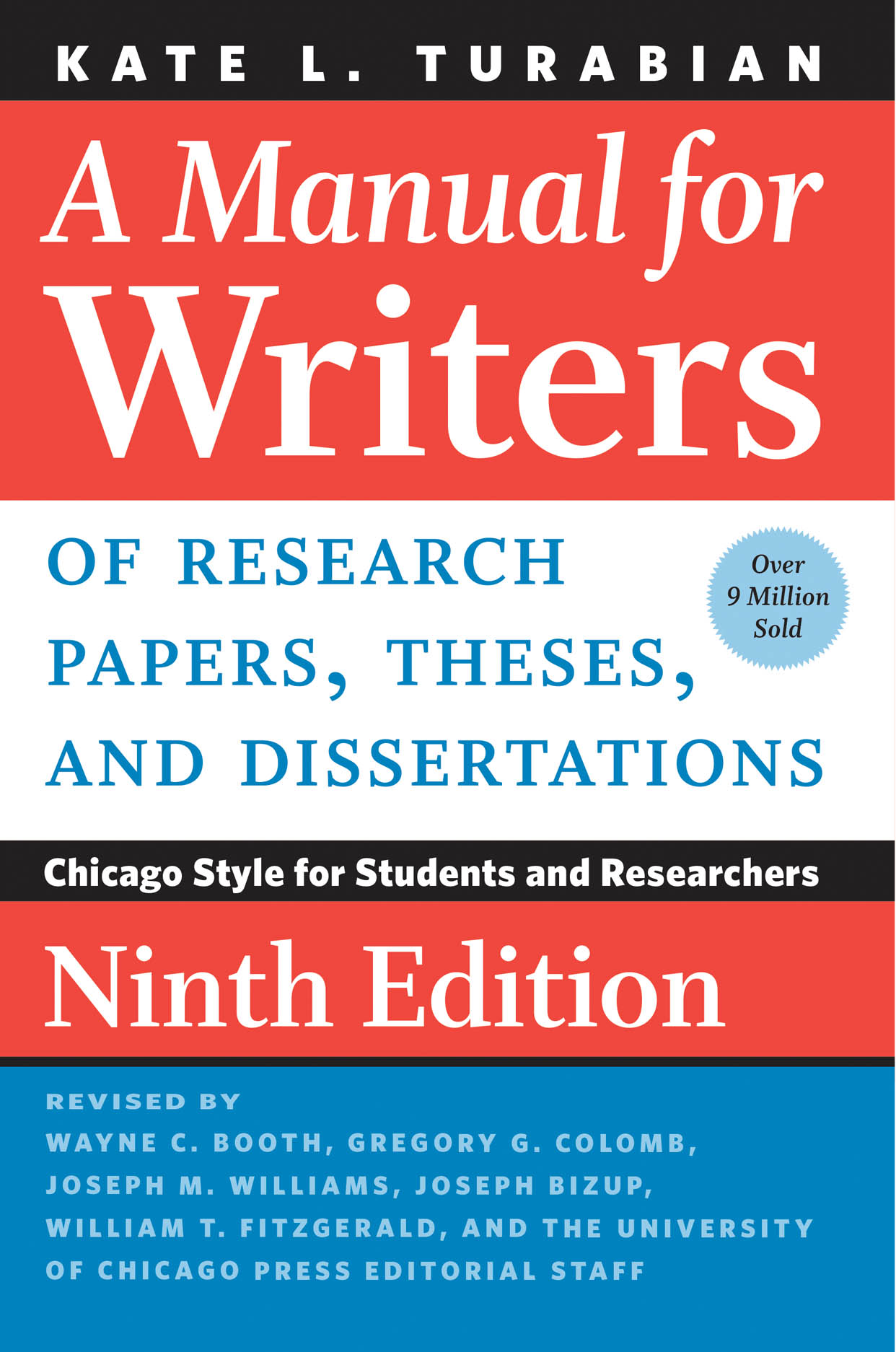You don't need to cite a source for ideas that are considered common knowledge, such as that Frederick Douglass was a well known orator, statesman and leader of the antislavery movement, or that Francis Crick and James Watson are known for discovering the structure of DNA.
However, anytime you reference specific ideas, such as the words of Frederick Douglass as set down in his book My Bondage and My Freedom (1855) or Crick and Watson's article "Molecular Structure of Nucleic Acids: A Structure for Deoxyribonucleic Acid" published in Nature, you do need to cite those ideas and give credit to their source.
Plagiarism is considered one of the worst ethical breaches a researcher can commit, so it is better to err on the side of caution in deciding whether to cite a source. Your instructor and librarian can help you think through situations where you are not sure whether you need to cite a source.



